Intro
So desperately I want to view the past with a kind of empathy an empathetic viewpoint an empathy that says I understand I understand the divorce of the body from the earth the divorce of the body from what moves it an empathy that holds the hand of ignorance and forgives the crimes committed in the ignorant state like some kind of original sin the sin of mechanization the sin of destruction the sin of uninhibited use and to pretend for a moment that the ignorance of what was being done was a true kind of ignorance like it was done from a place of innocence but the truth is that by the time the rest of the world becomes aware of what is being done to it by the time the rest of the world sees the truth of the metals and the waste and the spoilage by the time the world knows how it has been poisoned the poisoner has already been aware for years that what they have been doing causes problems and the truth is that the poisoner probably knew right away that what they were doing was wrong and the truth is that the poisoner knows the poison before they poison the people and the truth is that there is no ignorance that can be claimed and the truth is that ignorance is never innocence and the truth is that it is hard to be empathetic when the poisoner leaves the body broken and the truth is that the poisoner did not ever need to be empathized with in the first place and the truth is that it is more than just the bodies that are bent under the wheel of the factory and the truth is that it is more than just the land that is ravished by the hunt for resources and the truth is that it is more than just the water that is left undrinkable the truth is that there is no truth besides this: that the only way to look at the past with any kind of empathy is to look upon the future with empathy and beg forgiveness that we did not take the steps we ought to have taken and to start by moving our hands and feet now, now, now, because late is better than never and when so many never begin to move at all anyone doing anything is better than nothing and when so many do nothing at all well then we all have the responsibility to make the movement to make up to the future what the past has taken from it and the truth is that it is impossible to be empathetic when it means that the children who are not yet born will not get to know this place as it was before it was destroyed in the first place and the truth is that I would exchange the conveniences given if it meant that there was clean water.
The History
Arguably, Southeastern New England is the birthplace of the American Industrial Revolution. Samuel Slater kicked off the American Industrial Revolution when he opened the textile mill in Pawtucket, Rhode Island. These mills would not have been able to operate if the landscape of New England hadn’t been so thoroughly transformed by glaciation, leaving in their kettles the glacial rivers along which the mills of Massachusetts and Rhode Island were built. Slater Mill is a National Historic Park, and it was powered by the Blackstone River, which ends in the Pawtucket Falls (of Rhode Island, not to be confused with the Pawtucket Falls of northern Massachusetts former-mill city, Lowell). I don’t ride my bike as often now as I used to, and I need new tires anyway, but I still made the decision to go to the Blackstone River State Park with the knowledge that my experience would necessarily be limited due to my mode of transportation—my two feet. But, to be fair, for the majority of human history, walking has been our primary way of getting anywhere. Slater Mill opened in 1793 and sparked the construction of a dozen other mills and mill villages, including Ashton Village in the mid-to-late 1800s, which was located in modern-day Lincoln, Rhode Island, and is the site of the Blackstone River State Park. There were other mills there, too, including George Olney’s Mill, which failed before ownership was transferred to Wilbur Kelly, who bought up the Olneys’ mill village and built it up. The original mill was a stop on the Blackstone Canal, and then Ashton Mill was built on the opposite side, along the railroad tracks when the quicker and more reliable transportation method had become the dominant form of trade transport throughout the US following the Civil War. For a while, as was the case in most of the mill cities of New England, business was booming, powered largely by the labor of women and children, whose working conditions were, to make an understatement, dangerous. Unfortunately, though, the story of industrialism in the United States is like this: things seem to be good (besides how the laborers themselves are being treated). Some kind of economic uncertainty or even depression happens. Location of production changes due to a variety of factors, including where employers and owners can get away with forcing people to do the most amount of work for the least amount of money, which can often look like moving to where there is the least amount of regulation that might ensure safety for both the people working in the industry production as well as the environment and everyone living around it. Mills (or factories) close. What’s left behind are vacuums of money, unemployment, and huge environmental messes that nobody has the money to clean up: the owners of these places have packed up, cutting their losses before they can have any responsibility pinned on them, or they don’t have the money themselves to fix the problems that their mills and factories caused in the first place. Without the business’s money, the communities surrounding the former booming industrial towns fall apart, becoming places of amplified neglect and damage. The degradation of the place leads to poor attitudes about the community by those surrounding it. The places themselves are usually not particularly desirable to be in as there’s no longer any work, and the landscapes themselves are marked by what the industry has done to them, making them particularly unsafe environments not even necessarily because of any social ills that might be associated with the places, but because there is literal contamination of the lands where the industries sat. In the future, some real estate guy is going to buy up the former property and try to fix it up into housing that may be affordable but in most cases is overpriced to accommodate for the always expanding need for housing in and near places of employment. The story of New England industry is the blueprint, so to speak, for the harms that all other industries have left on the places where they have destroyed the environment. The Flint River is no different from the Blackstone River in this regard with the exception that because the City of Flint tried to save money by moving to it as the water source, the people of Flint went to court over their health. And even having gone to court, the people who were responsible for ruining the water in the first place have never been held accountable. We are seeing this happen right now in a much more massive scale with the contamination of waterways by PFAs. This is a deeply important place for the history of America because it tells us about how American Industry treats the places where it springs up.
At the end of February, I started to read Annals of the Former World by John McPhee. I haven’t finished it yet, but it’s a geologic history of the US written through McPhee’s road trips as he travelled through the road cuts of Interstate-80. It’s a beautiful book, and McPhee’s writing amplifies the poetic nature of so much of how the discipline of geology talks about the world. I’m reminded, at times, of Loren Eiseley’s writing. How interesting is it that so much of what we know about the world is informed by what kind of money someone else can get out of scientific exploration, though? McPhee remarks at one point about the use of the term “geopoetic,” a pejorative that was used to describe the language of developing geologic theories, that so much of the work of generating those theories about the formation of the ground below us (and perhaps above us, such as mountains) is a practice in generating narratives. The term “geopoetic” means something else now, transformed in meaning by Kenneth White to indicate now a science in the poetics focused on Earth, or that we are Earth-based beings and so the Earth becomes central to our poetics. Henry David Thoreau becomes central to this newer understanding of the term geopoetic, which is fine, but I like the idea of merging McPhee’s geopoetics—which he does not use pejoratively, but rather a way to finetune the link between geology as a discipline and the humanities—with this newer definition. And when I think about the history of place, my own conceptualizing of it does come in the way of those kind of geopoetic narratives. Blackstone River Valley looks like what it does now because of how people chose to live in and work with the river, and how they transformed it to power industry, and most of the information that is easily accessible on the history of the valley focuses primarily on those cultural changes. However, in one of the early proposals for preservation of the area in 1989, amidst the calls for protecting the cultural history of the early industrialism, there’s evidence of this geopoetic writing:
“Although the site of dumping and fill and in need of intensive clean-up, the marshes are an extraordinary wildlife habitat. There is an opportunity to explore the marshes and open water by boat…One such area is the Blackstone Gorge–also known as High Rocks—located on the Massachusetts/Rhode Island border. Here the river narrows and drops over 20 feet through a rocky channel; granite cliffs tower more than 100 feet over the river; and the banks are heavily forested with eastern hemlock and mountain laurel. In the 46 miles from Worcester to Providence, the Blackstone River drops nearly 450 feet—a more precipitous drop than the Colorado River through the Grand Canyon—but its power was harnessed so intensely that there is little remaining evidence of the river in its natural, free-flowing state. Blackstone Gorge is a reminder of the magnificence of this once wild river and one of the few remnants of what the Valley looked like before it became the nation’s first industrialized region…”
This is followed by the reminder that Blackstone Gorge, like so much of the land in the area, is privately owned and that its future is uncertain.
The geopoetics continue: “The glaciers that once covered the Valley left a landscape of gently rolling hills and rocky acidic coils. Glacial deposits lie over a bedrock of granite and limestone…” And to know that limestone is made underwater, to know the forces that generate granite underground before it becomes exposed to us, is to know a little more about the other forces that shaped the valley. Even back in the 1980s, the number one public concern about conserving the area had to do with cleaning the land up.
The Trip
You’re going to end up down a few roads that you’re not sure you’re even supposed to be on, which is kind of the hallmark of state parks. And you’re going to end up parking underneath an old train archway.
This was the dirtiest park I’ve been to so far, and has remained the dirtiest park out of the first half of the Rhode Island State Parks for this project. There are other places that are more vandalized, to be sure, but I don’t think there have been any that have been as thoroughly trashed—as in literal garbage—as sections of Blackstone River State Park. The park is part of the Blackstone River Greenway/Bikeway, and there are some parts that are definitely more kept up—particularly, the open field alongside the river—but the closer you get to the dam that has been designated a National Historic place, the more obvious it is that there is nobody doing work to keep the area clean, particularly not in the off season. Have you ever seen plastic so broken down that it looks like confetti? If you’d like to, I’d recommend coming to Blackstone River State Park. The fact that people have used the far end of the park as a dump for their bottles and other trash was significant enough that when I went back in January, I reached out to RIDEM, who RIDOT recommends reaching out to for issues with maintenance, that is, graffiti, trash, and other issues. It takes a lot for me to want to contact any government agency, since by and large, most messages do not get answered. This is a state where the government doesn’t respond to problems even when it already knows that the problems are there. A litter-polluted state park is almost as emblematic of the Rhode Island Governmental Approach to things as the City of Pawtucket saying that they probably won’t bother actually fixing the roof of the Apex building on I-95 because they’re hoping Hasbro will just buy the land it’s on and raze it anyway.
Realistically, how many people are even working at RIDEM, anyway? The park that’s next to their marine fisheries headquarters in Jamestown is just stunningly covered with spray paint, and that’s with cameras nearby. Actually, I kind of can’t wait to talk more about that when I talk about my trip to Fort Wetherill, but that’s besides the point. I don’t expect a response because the state government of Rhode Island has me trained not to expect one. And so I wasn’t surprised that I didn’t get a response, but I also have a whole lot of thoughts about how well—or I guess how poorly—the state park carry-in/carry-out policy has been working at the state parks that I’ve visited in Rhode Island.
Trash is a huge problem in this state. There are places that are worse, and I’ve driven through them pretty recently, but it is really difficult to find any place in Rhode Island free of litter. This could be on the Interstate, it could be in the bushes outside CVS, it could be in the ivy on someone’s front yard, it could be at the beaches, and it’s in almost every state park. If you’re wondering just how bad the problem is, you could go outside and walk for five minutes in any direction, or you could take Save the Bay’s word for it, where during their Fall beach clean up, they collected over 21,000 pounds of trash. That’s like ten times as much as my Toyota Corolla weighs, a car that will never receive an overweight citation while crossing the Washington Bridge (Toyota please I’m at like 170,000 miles and still going strong). That’s just at the beaches. Please imagine, for one minute, what it looks like everywhere else in this state. We can do better, but there is an enormous culture of littering here, which most likely has an impact on people’s mental health and their perception of the quality of the place in which they live. Nobody wants to live in a trash heap because we’re not Sesame Street characters. Google’s little AI summary of sources responding to the prompt, “Does litter ruin people’s mood?” tells me that, “Litter can be seen as a reflection of community values and can contribute to a sense of disrepair and neglect,” drawing its conclusion from the Dalton-Whitfield Solid Waste Authority’s website. The author of the article that Google is pulling from, Amy Hartline, says, “Litter can also cause trouble for your mental health along with your physical. A national study that analyzed data on more than 64,000 kids between the ages of 6 and 17 found that they suffered greater rates of depression and anxiety in areas with three poor physical characteristics (i.e., too much litter, dilapidated and vacant buildings, and graffiti). It can lead to a feeling that our community is losing empathy for each other and a sense of hopelessness…Ultimately, the presence of litter is a reflection of our values. It tells a story about how we view our responsibility to our community, our planet, and ourselves. By taking ownership of this issue, we communicate that we value health, beauty, and the collective good over the convenience of just dropping our litter on the ground or not securing our truck beds.” Gemma Cosson, writing for Essex Wildlife Trust, reminds us that, “The chemicals that leach from microplastics into the environment or animals who ingest them are invisible to us, yet cause problems such as infertility, cardiovascular diseases and cancers,” which I bring up as a reminder that when this stuff is in the food and water cycle, we’re consuming it, too—and there are really significant health consequences because of it. It matters that we not make our state a total dump because there are very real issues that result from the inability of people to pick up after themselves, and the cultivated attitude where people think it’s not their problem as well as the fact that people litter more when an environment is already littered—because what more harm could one more Dunkin Donuts cup do—needs to be addressed as soon as possible. What this means is that we need to actually have people on the ground cleaning the place up in the first place so that we can stymie some of that behavior and reduce the amount of trash that’s there now. Carry-in/Carry-out is a great policy when there is a culture of care for the environment, but when it seems as though even the managing body of a place doesn’t care enough to keep it “beautiful,” as so much of the parks brochure-style language claims it is, why would anyone else, especially when the rest of the state looks the way it does?
To be honest, the far end of the park, which has some of the most interpretive signs on site about the Blackstone Canal, comes across as though people may have been living there because of the abundance of trash. Though, another consideration to make is that the majority of the trash is on the banks of the water, and it’s possible that this is where it all washed up. Either way, there’s marine life that’s directly impacted by the amount of trash in the water, and there’s the fact that when a place is this dirty, it makes it really difficult to want to be there. This is a real shame, because it really is naturally beautiful, and there are some really fascinating geological features to look at here from the glacial movement through the area roughly 15,000 years ago. There’s enough diversity of plant life that grows here that even in the winter, it’s still got a lot of contrast, and there’s something especially wonderful about looking down the waterways and seeing the trees canopying overhead.
The Blackstone River was once considered one of the most polluted rivers in the country, and while it’s not as bad as it was in the 1960s, it is still plagued by issues of industrial contamination, sewage, an overabundance of fertilizer from rain runoff, and, of course, trash. In 1972, ZAP!, a group of environmental activists led by David Rosser, held a 10,000 person cleanup of the site. In 2022, as a 50 year anniversary event of the ZAP! cleanup, a group led by Worcester State University professor of earth science Laura Reynolds completed another attempted clean up of the river. at the Blackstone River Watershed in Worcester, which is about 35 miles away from the Rhode Island state park. When interviewed for WGBH, Reynolds said, “There’s a constant influx…it’s a losing battle.” What does it feel like when you know there’s no way of stopping the flow of pollution into a river? It would be one thing if it were the lingering aftermath of the Industrial Revolution polluting the place, but it’s not just that: much of the current issues in the Blackstone River are contemporary issues, and many of them reflect a genuine lack of environmental stewardship that can be felt throughout most of Southern New England and certainly from the top of the Atlantic Coast all the way down to the tip of Florida. What’s the point where people can actually feel compelled to care enough to not litter? TourBlackstoneValley.Com is going to try to tell you that this is a good place for canoeing and fishing, but the EPA and the RI State Parks website is going to disagree on that one. You cannot swim in these waters, you cannot boat in these waters, and you cannot fish in these waters. When the mills left, they left behind an abundance of toxicity that is added to every single day, and they left no money with which to deal with it.
The answer to these problems is that people need to care enough about an environment to clean it up. We cannot count on businesses to clean up after themselves, and it’s clear that the government cannot, for whatever reason, run a sustained stewardship over public lands. What we can do to mitigate the accumulation of trash in our waterways is to participate in regular clean up events, and to raise awareness among our communities about why protecting our water matters so much.
I remember in the early days of the Covid-19 pandemic, when the world shut down, how so many people made posts about how “Nature is healing” from the stop flow of human traffic; people would post images of birds returning to rivers or of trees beginning to bud out—which happens regardless of how poor the quality of water is. Making fun of these posts, I created my own collection of photos from the walks I took at the time around my neighborhood, when I was living in Massachusetts: plastic Dunkin Donuts and Cumberland Farms cups, Marlboro packages, the debris of crushed lighters, pens, and other plastics that had been dropped, empty bags, and just a lot of trash. I started to carry gloves and a trashbag with me, and would then deposit full bags of litter at the trash cans in the park next to the town library. I haven’t done this in some time, which makes my complaining about litter feel a little hypocritical, but this is where I can also be honest and make the resolution to be better about this. Plenty of organizations—including the Blackstone River Valley National Heritage Corridor—have event calendars that tell you when to show up to clean up trash. The Rhode Island Clean Water Association has upcoming events, and EcoRI News regularly posts about these events as well. Other organizations can be found through Litter Free RI. Isn’t enough to complain about a problem if you’re not doing something to help solve it. Find a place that you care about enough to learn how to take care of it, and then start doing so. The Blackstone River was once called the hardest working river in the world; maybe we can work hard to give back what it gave us.
References
Blackstone River Valley National Heritage Corridor Commission. CULTURAL HERITAGE and LAND MANAGEMENT PLAN for the BLACKSTONE RIVER VALLEY NATIONAL HERITAGE CORRIDOR. 1989. NPSHistory, https://npshistory.com/publications/nha/blackstone-river-valley/chlm.pdf.
Cosson, Gemma. “Lingering effects of litter.” Essex Wildlife Trust, 19 February 2024, https://www.essexwt.org.uk/blog/gemma-cosson/lingering-effects-litter. Accessed 11 March 2025.
Hartline, Amy. “Your Health May Be Endangered Because of Litter.” Dalton-Whitfield Solid Waste Authority, 8 November 2023, https://www.dwswa.org/recycle-reuse-articles/2023/11/9/your-health-may-be-endangered-because-of-litter#:~:text=Ultimately%2C%20the%20presence%20of%20litter,not%20securing%20our%20truck%20beds. Accessed 11 March 2025.
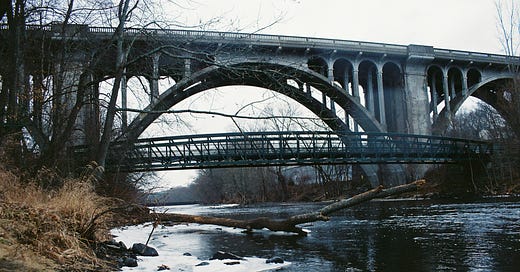



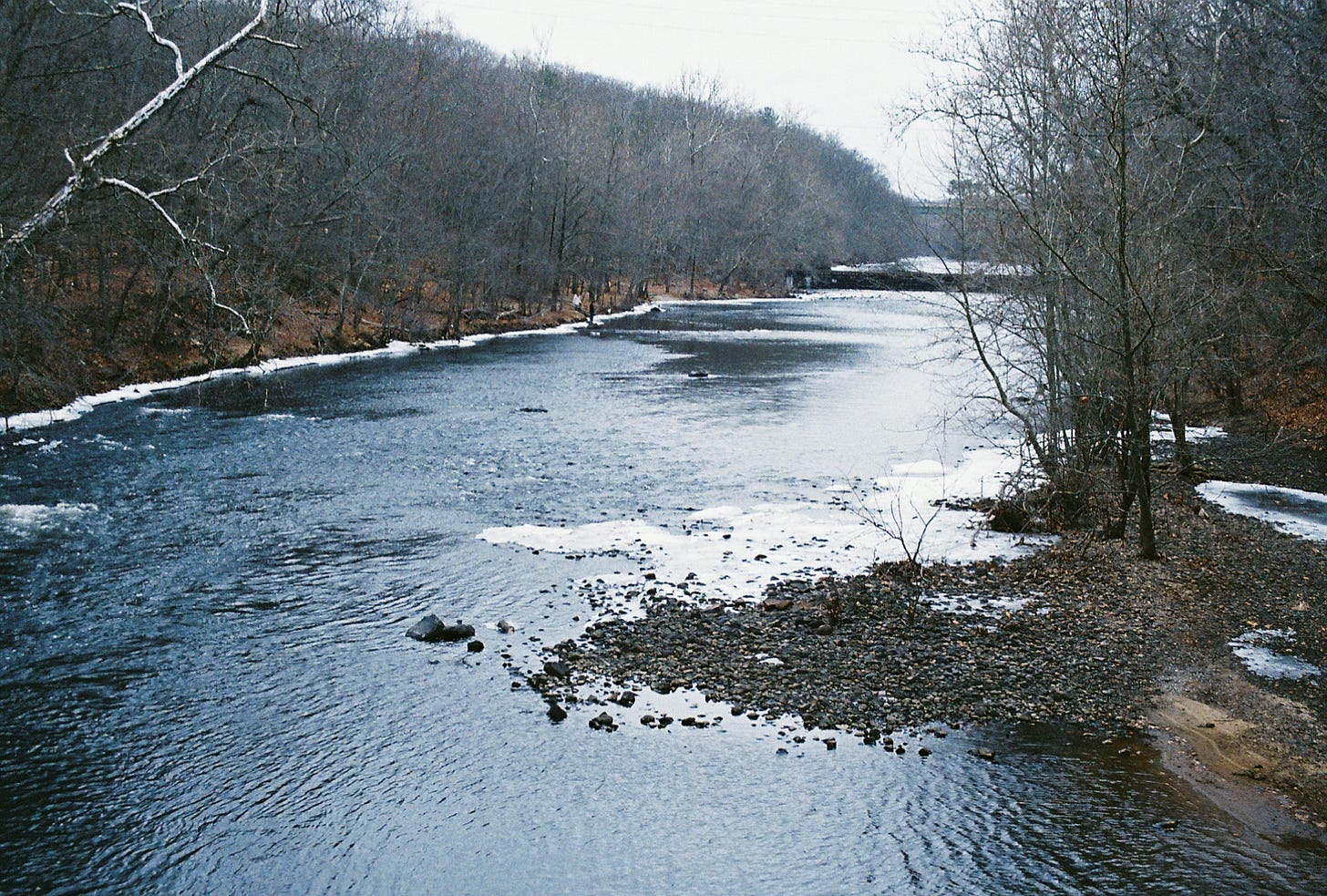
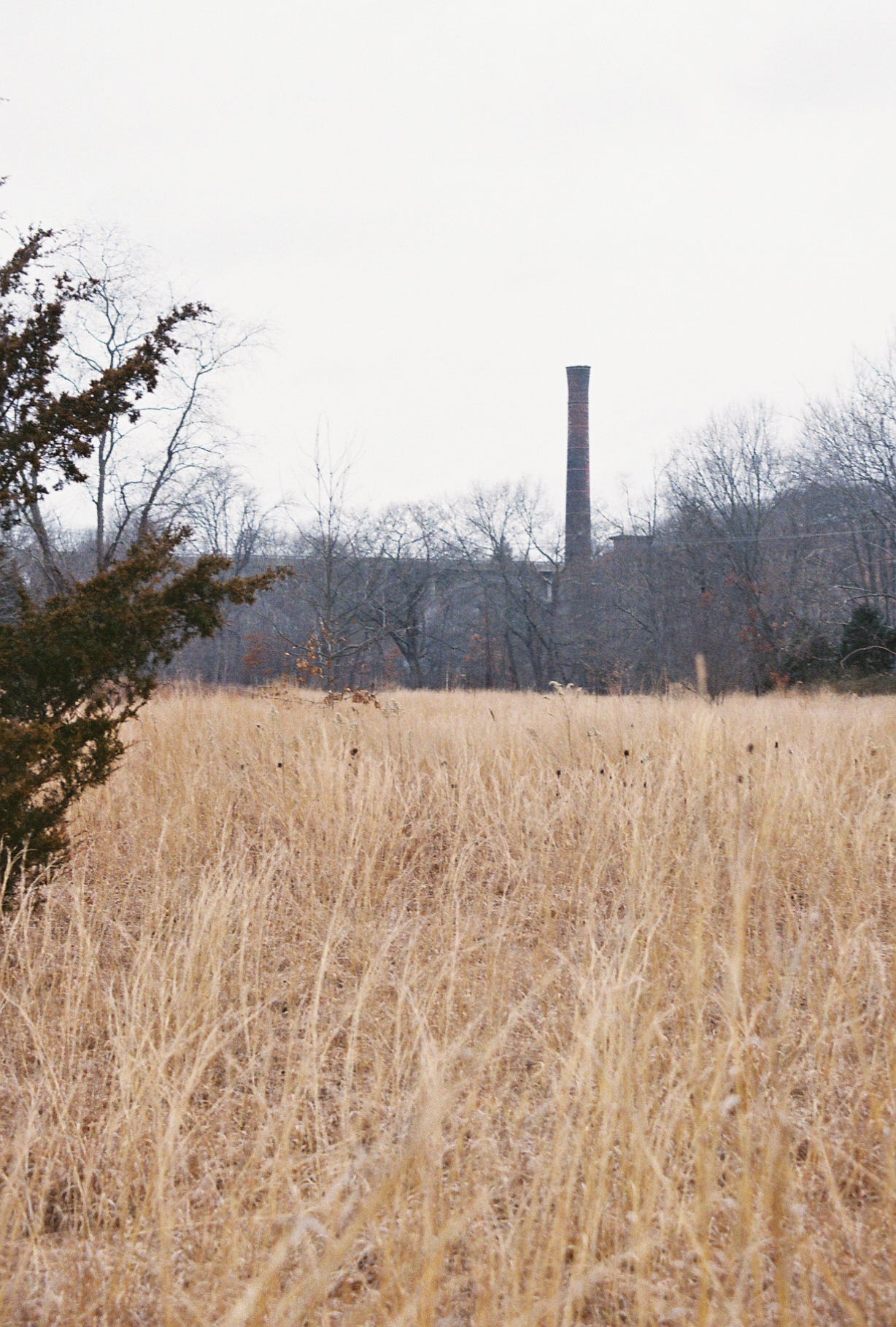
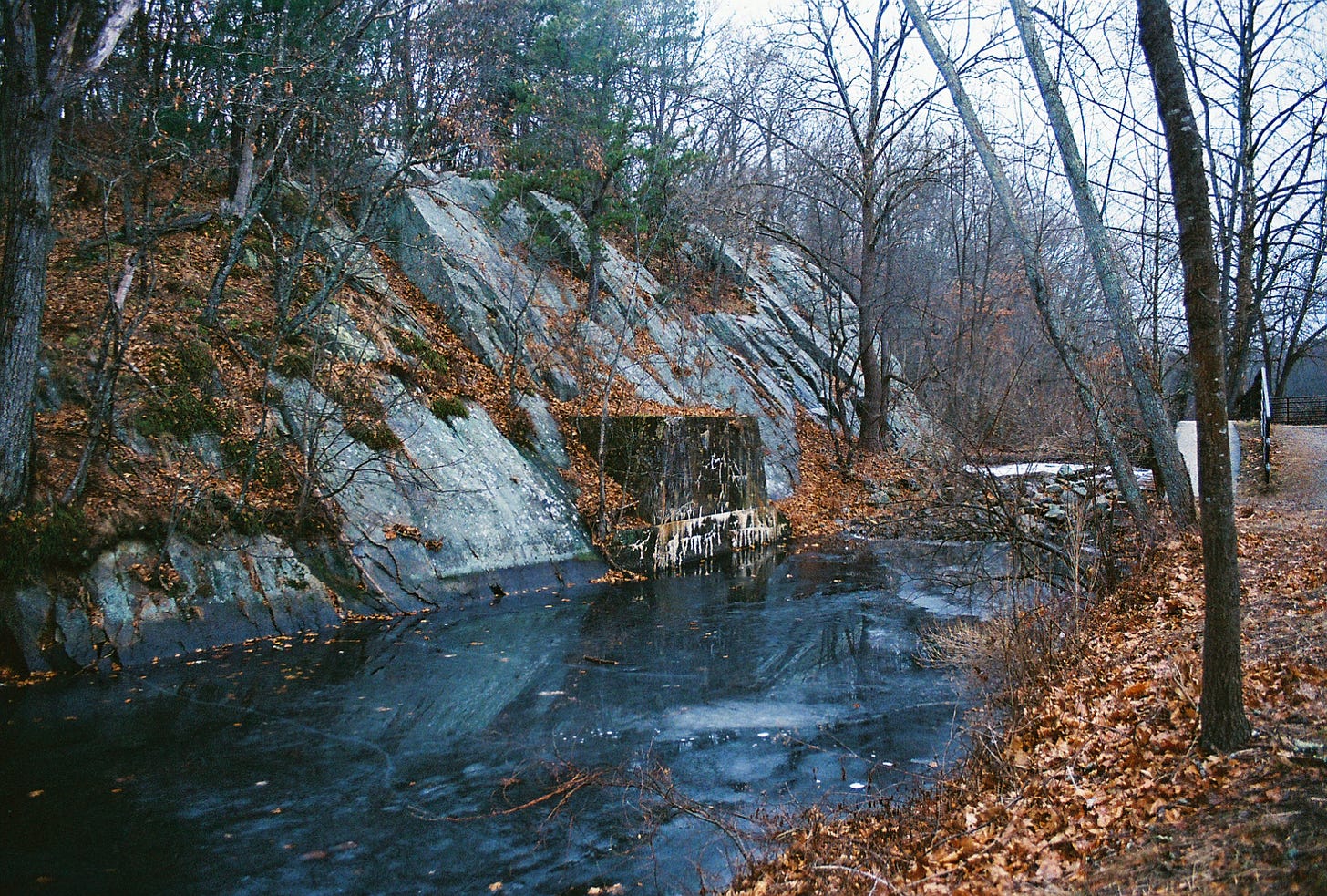
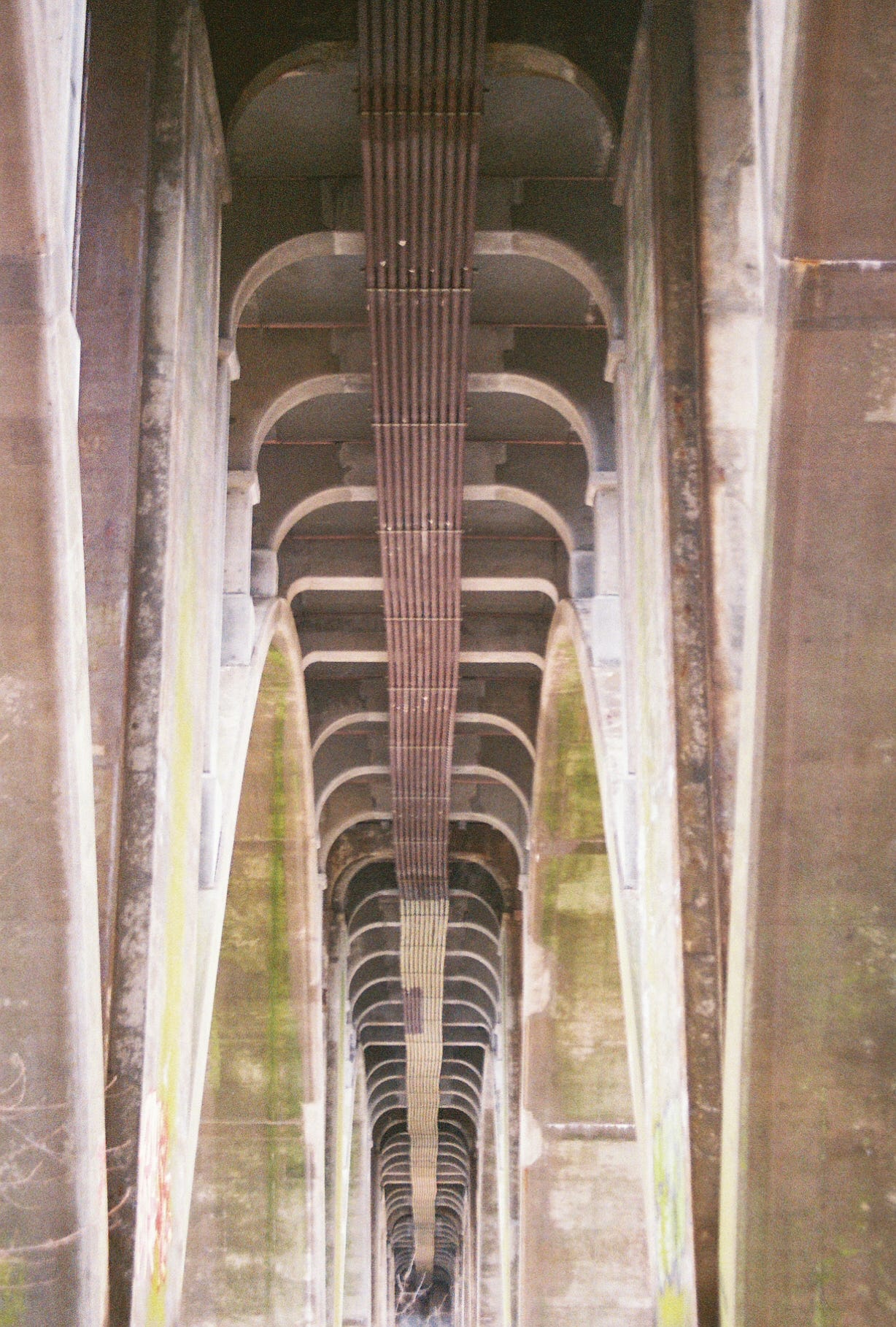

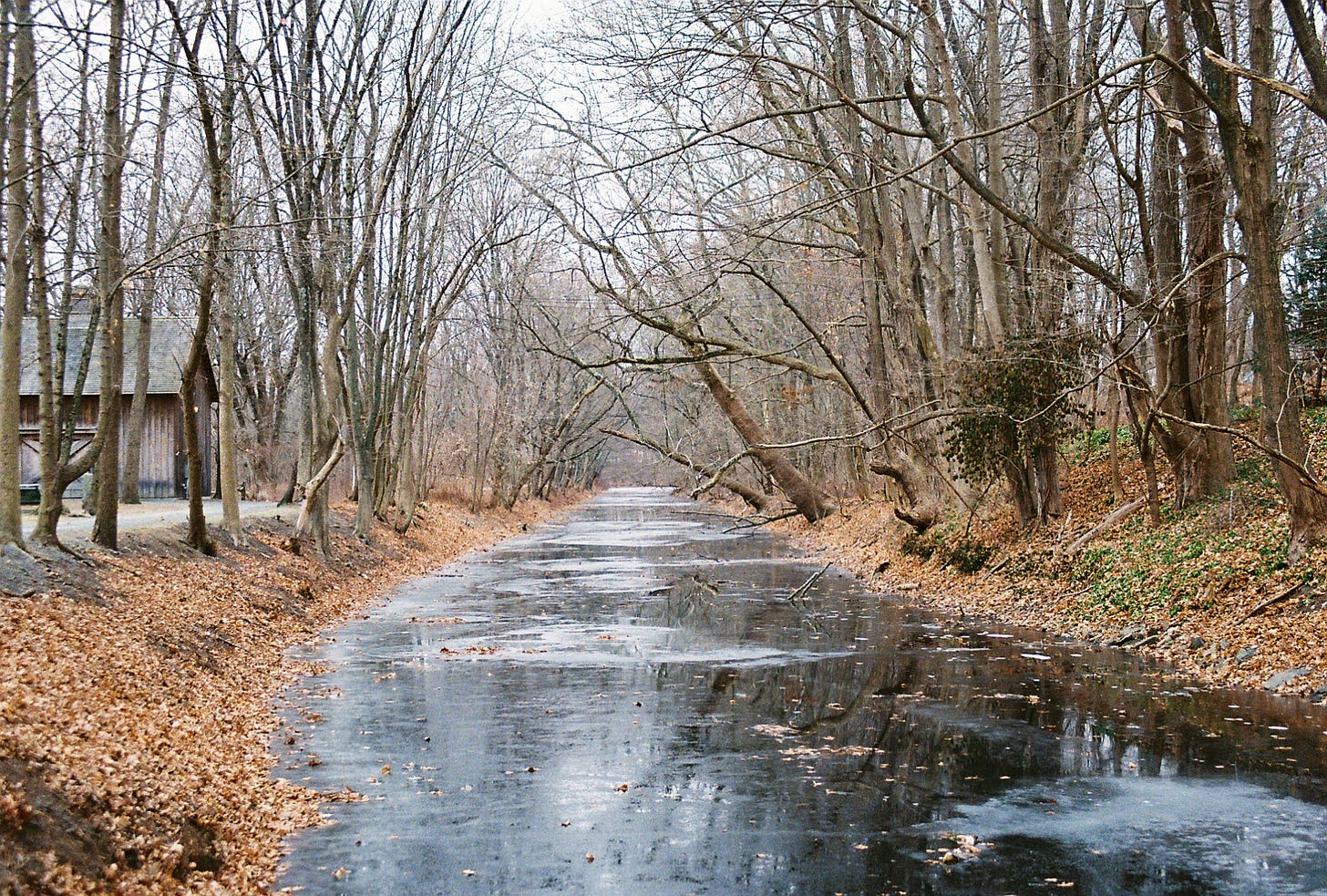

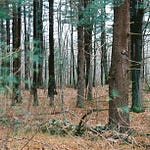


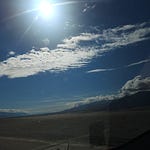



Share this post